iOS 12: The best 26 features coming from Apple this fall
Every year, at its developers conference in San Jose, California, Apple unveils some of the cool stuff it’s been working on.
This year, there was not a single mention of hardware. Nothing about new phones, tablets, laptops, or watches. Instead, it was all software, all the time.
If you have an iPhone, you may be interested to learn that a new version of your software, called iOS 12, will be available for free this fall, in keeping with Apple’s usual annual cycle.
How excited should you be? That depends on what you think of the list of goodies Apple has in store for you. Here’s the rundown.
Speed
The big one is speed. Apple has spent the past year making iOS respond faster, even on older phones. Especially on older phones, actually. Which is very nice of it.
Apple says that apps will open up to 40% faster, the onscreen keyboard will appear up to 50% faster, the camera app will open up to 70% faster, and so on.
The new OS won’t require any more horsepower than before, either; if your phone now runs iOS 11, it’ll run iOS 12.
Group FaceTime
If Twitter’s reaction is any indication, Apple’s most exciting announcement is Group FaceTime: Video calls with up to 32 people simultaneously.
“About damn time,” tweeted @LexingtonDrive.
“Oh, this is lit.” —@BrittanyMichawn.
“Now this I love.” —@missodessa
“32 people? LOL I don’t have that many friends.” @mayonaka324
“bye Houseparty.” —@cafebusteloking
When you make a FaceTime video call, you see the other participants on floating tiles, which get big and pop to the fore when somebody speaks. (You can also double-tap a tile to force someone to the front, even if she’s not speaking.)
This, of course, isn’t a novel invention (hi, Google Hangouts!). But for the tens of millions of iPhone owners, it’s welcome and overdue.

Group FaceTime will be available not just on iPhone and iPad, but also on the Mac, and even on the Apple Watch (audio only). Oh—and it will be available in Messages, so that you can turn a group chat into a group video call with one tap.
Siri Suggestions and Shortcuts
In iOS 12, Siri will offer what Apple is calling Siri Suggestions. It notices your routines—what app you’re using at certain times and places—and pops up cards that it thinks will help you out.
For example, if you always arrive at the gym at 7 a.m. on Monday mornings and open the Active app, that app will offer to open itself. (Yes, it’s exactly the same idea as Google Assistant, or even Apple’s own “Proactive Siri” from iOS 9—except that now non-Apple apps can now be involved.)
If you go to a movie, a tile will suggest turning on Do Not Disturb. If you’re running late for a meeting, it will propose sending a text that says “I’m running a few minutes late.”
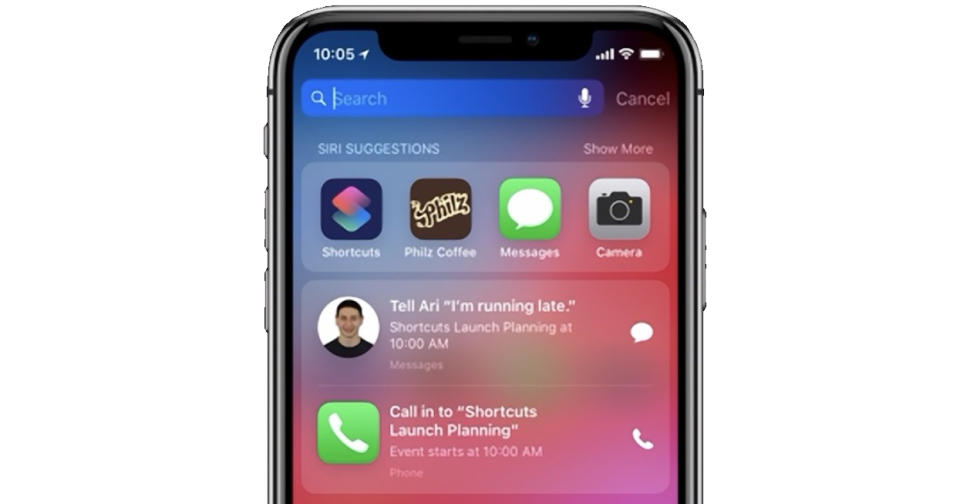
In fact, there’s a new, drag-and-drop app called Shortcuts that lets you build your own multi-step actions, too. For example, you can set one up where you say “Travel plans,” and Siri responds with a screen that lists your hotel, flight, and restaurant-reservation details. Or you can make one where you say “Heading home,” and the screen shows when you’ll arrive, sets your home thermostat, texts your spouse, and starts playing your NPR podcast.
Apple says that hundreds of premade shortcuts will be available to turn on, in case you’re insecure in your shortcut-building skills.
Augmented Reality
Apple continues to charge forward in making AR (augmented reality) a thing.
In ARkit 2, software companies can create multi-player AR games. That is, two or more people, standing in different places, will see the same virtual 3D scene from their own angles, and play together. That could open up a new world of more social video games that break you out of (a) sitting on the couch, (b) sitting on the couch facing the same direction, and (c) closing out your environment, because AR games interact with the environment. (See my explainer on iPhone AR apps here.)

iOS 12 will also include a beautiful AR tape-measure app called Measure, which is practically identical to the existing AR tape-measure apps like the one I demonstrated here. For the writers of those apps, today was a bad day.
Finally, Apple worked with Pixar to develop a new file format, USDZ, that can store AR scenes as compact, self-contained files. These scenes can show up inside of standard iOS apps like Messages, Mail, and so on. Big 3D-software companies like Autodesk and Adobe have already promised to adopt this format.
Digital Health
Two weeks ago, Google (GOOG, GOOGL) announced an initiative to help us improve our digital health (also known as “stop being so addicted to our phones”). Apple turns out to have been working on exactly the same thing.
This initiative takes several forms:
Do Not Disturb During Bedtime. At the moment, when you wake in the night, you might check your phone to see what time it is—but you might see all the piled-up notifications, or, worse, start processing them. (Do Not Disturb currently shuts off sounds and vibrations, but still displays the alert bubbles.) Then you have trouble getting back to sleep. The new DND During Bedtime solves that by hiding all your notifications until you wake. At that point, you can tap to see the notifications.
Ending times for Do Not Disturb. Now, as you turn on DND as you enter a movie or a meeting, you can set an end time for it (using Control Center). Or you can set it to turn off as you leave your current location.

More notifications control. Right from the list of notifications, you can now turn off a certain app’s notifications, or tell them not to show up on your Lock screen anymore. In fact, iOS 12 also offers to turn off the notifications from apps you never use, or turn on notifications for an app you use all the time (but had switched them off).
Grouped notifications. At last: notifications from each app can show up as a “stack,” a cluster, on your Notifications screen, to be expanded with a tap (or dismissed en masse).
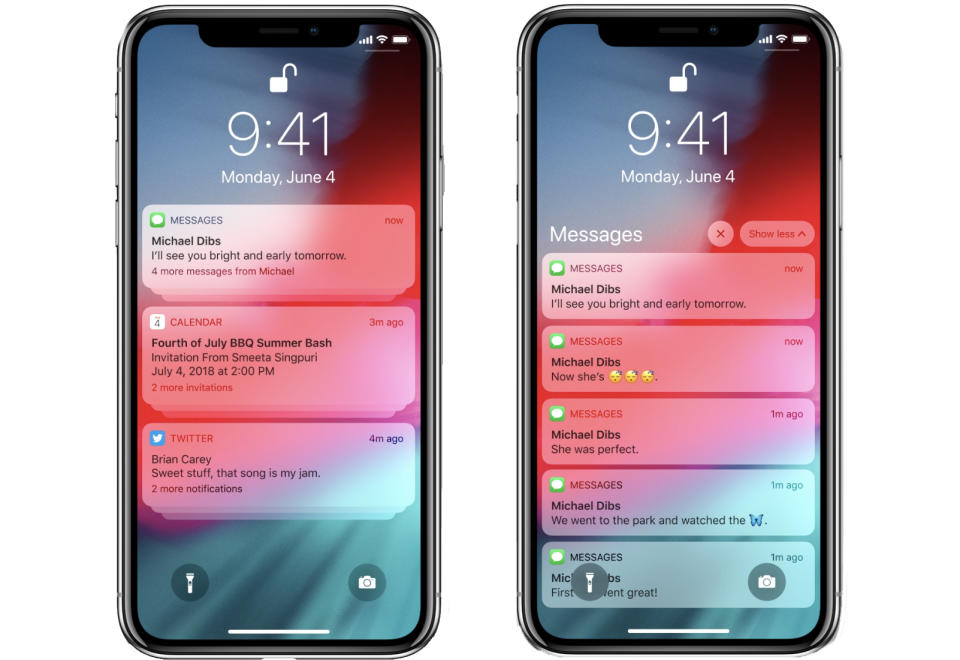
Screen Time. This new app shows how much time you spend on the phone, how much time you spend in each app, how many times you wake your phone a day, and so on. (Supposedly that statistic is horrifying.) You can also set time limits (“5 minutes left to use Instagram,” for example). If you set the time limit for yourself, you can blow past it once the deadline rolls around; but if you set a time limit for your children, they have to stop when the time’s up. You can manage the kids’ limits remotely, from your own phone. You each get a weekly summary, too.
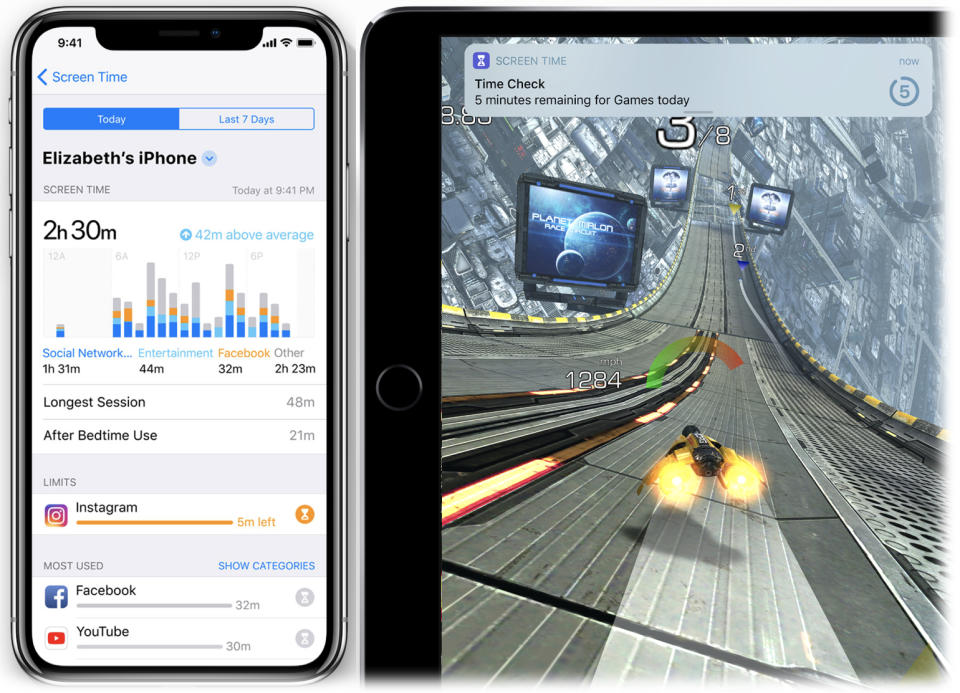
More animated emoji fun
If you have an iPhone X, you don’t have to be satisfied with the starter set of animated emoji that follow your facial expressions. Animoji have exploded:
You can use any of four new ones (panda, tiger, T-rex, ghost).
Animoji recordings can be 30 seconds long now instead of 10.
Animoji respond to your tongue movements (and winks), too, in addition to your face and mouth motions.
You can design an animoji that looks like you! Kind of like Bitmoji come to life. Or Nintendo Wii Mii’s on the iPhone. Or that crude thing Samsung had.

You can also plant your Me-moji head onto your actual body when you’re taking a photo or shooting a video, à la Snapchat.
CarPlay opens up
CarPlay is Apple’s dashboard technology; it puts a handful of Apple apps, in super-simplified form, onto your dashboard for easy, non-distracted access when you’re driving. They include music apps, Messages (no text—only voice control)—and Apple’s still-inferior Maps app.
For the first time, though, CarPlay will let you substitute your own navigation, like Waze and Google Maps. That’s a big, big deal.
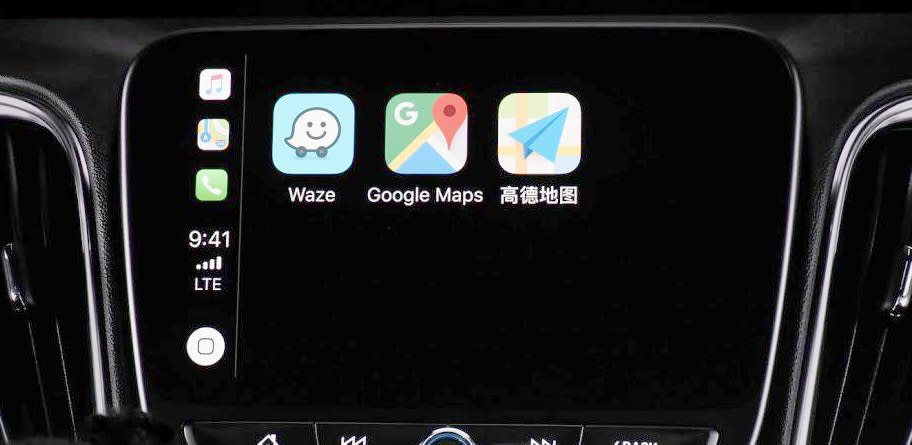
A lotta misc
Here are a few of the other new features coming this fall:
Security code autofill. Apple didn’t even mention this one, but it’s fantastic. You know how, when you sign up for something online, they text you a security code? And then you have to memorize or write down that code, so that you can type it into the box on the webpage? No longer. Now you just stay on the webpage. Once the code arrives on your phone, Safari can fill it in automatically.
Photos. The Search in this app can now find photos corresponding to multiple search terms (“skiing” + “December”). You can search for people, and places, and categories (like Hiking, Watersports, and Dogs), or by business names and categories (like “museum”), or by commercial events like concerts and sporting events.
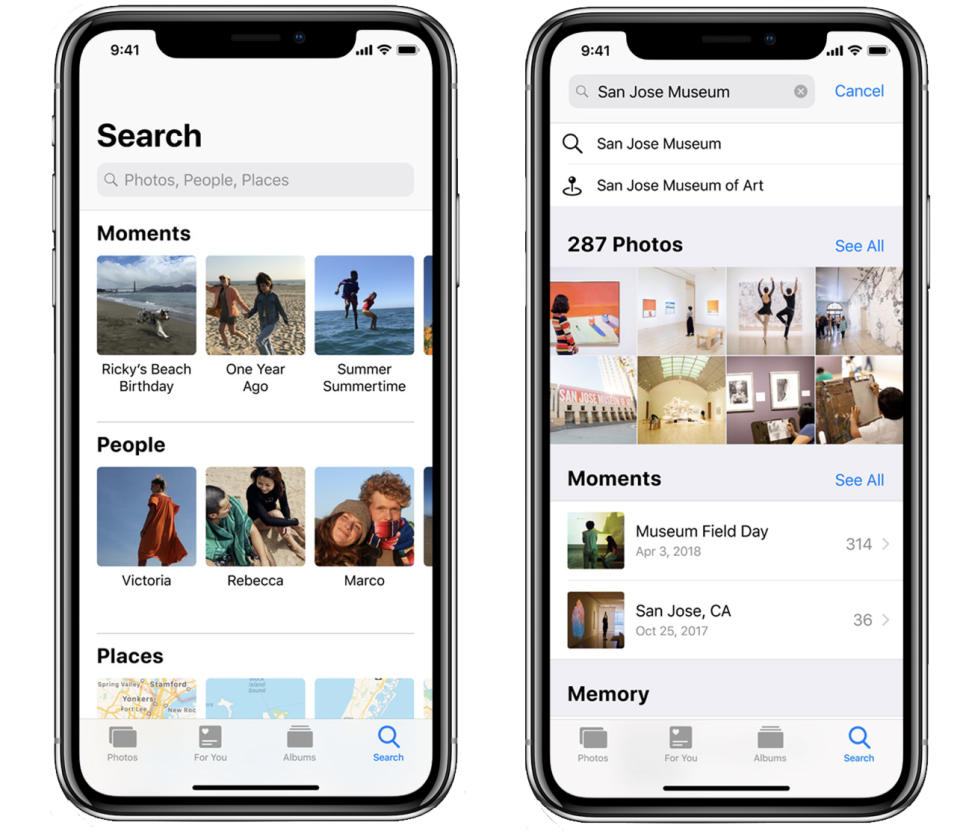
Photo sharing. Suppose you go to a party with friends. Now, Photos’s new For You tab offers a subset of them worth sharing with the friends—and even offers their names so you can send the pictures to them! (Yes, just like Google Photos.) Then, when the friend gets your photos, they’re shown photos that they took, and their iPhone suggests sharing those back to you, so that you each wind up with the whole set.
AirPods can be hearing aids. You can now use your iPhone as a remote microphone—and listen through Apple AirPods. Hand the phone to the person across the table at a noisy restaurant… or put it on the podium near the lecturer…and now you can hear as though you’re right next to the speaker.
Siri knows a little more. Siri can now answer questions about celebrities, food nutrition, motor sports, and your own passwords.
12 new iPad gestures. For example, you can return to the Home screen by swiping anywhere on the Dock.
Wireless student ID cards. College students can now make their ID cards electronic, for use in dorms, dining hall, campus events, laundry rooms, and so on. The first campuses to offer it include Duke, Temple, Johns Hopkins, University of Alabama, and University of Oklahoma.
Password sharing. You can shoot passwords among your Apple gadgets—from an iPhone to Apple TV, for example, or iPad to a Mac.
Redesigned apps. Apple News, Stocks, Books, and Voice Memos have all been overhauled. Voice Memos now syncs your recordings with your Mac and other iOS devices. Stocks now shows relevant company headlines from Apple News. iBooks has been renamed Apple Books.
Coming this fall
So what’s the overarching theme of the iOS 12 upgrade?
Well, you could argue that the big theme is, “Catching up to Google.” Or maybe “automating repetitive routines.” Or “augmented reality,” or “working on our iPhone addiction.”
Or “offering enough new features that one or two of them will hit you where you live, and make you glad you’ve got an iPhone.”
Yeah—that’s it for sure.
David Pogue, tech columnist for Yahoo Finance, welcomes comments. On the web, he’s davidpogue.com. On Twitter, he’s @pogue. On email, he’s [email protected]. You can sign up to get his stuff by email, here.
See also:
Highlights from Apple’s developers’ conference
